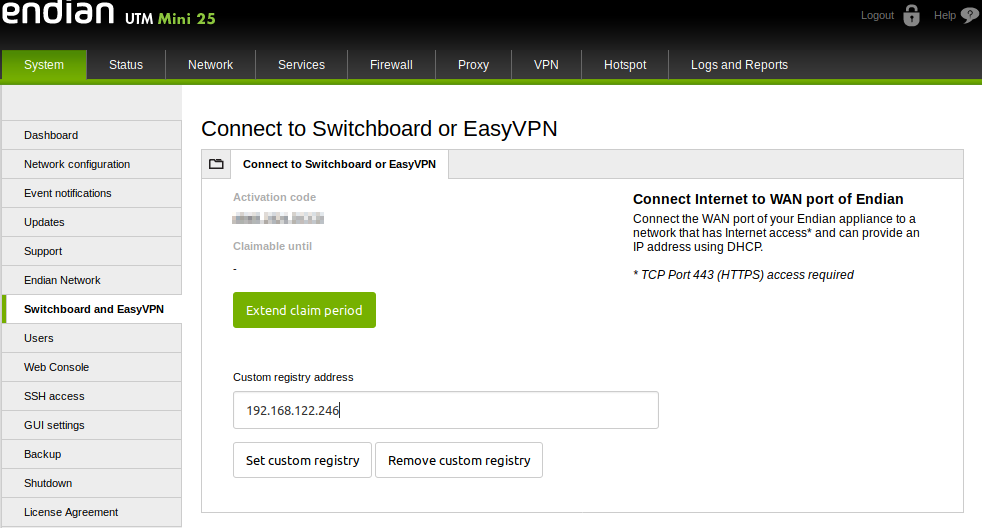

#EASYVPN POPUP WINDOWS#
Within the Transport tab, the top part allows you to enable transparent tunneling (this is necessary if your IPsec session will be going through an address translation device performing PAT), the middle part allows you to set up local LAN access and Dead Peer Detection (DPD), and the bottom part is for login access for Windows 98 and ME clients.įigure 12-4. The top part remains the same as that in Figure 12-3 only the bottom part is different. If you click the Transport tab, you are shown the window in Figure 12-4.

In Figure 12-3, the group name I configured was "Executives." If you don't need to configure anything else in the other tabs, you can click the Save button to save the profile and take you back to the main GUI. This information needs to match what is configured on the Easy VPN Server. If you'll be using pre-shared keys to perform device authentication during ISAKMP/IKE Phase 1, then in the Authentication tab, you'll need to click the Group Authentication radio button and then enter the name of the group the user belongs to, and the pre-shared key (password) twice for verification. Adding a Connection: Pre-shared Keys in the Authentication Tab The next sections will discuss the four configuration tabs when adding a connection: Authentication, Transport, Backup Servers, and Dial-Up.įigure 12-3. Below this is the Host text box, where you must enter the IP address of the Easy VPN Server the client will be connecting to. In Figure 12-3, I called the profile "Corporate Office Connection." In the Description text box, you can enter an optional description. At the top of the screen you need to name the connection profile in the Connection Entry text box this name must be compatible with the file-naming conventions used on your PC. When you perform one of the two above processes, you are shown the screen in Figure 12-3.

#EASYVPN POPUP CODE#
For a 4.6 client, the corresponding concentrator code is 4.1.6, but 3.0 is the minimal version required on a concentratorjust realize that you'll be missing out on a lot of features using a concentrator with an older version of code than a client and vice versathe same is true of a PIX, ASA, or router as an Easy VPN Server.Ĭreating Connections using Pre-Shared Keys As you go through this part of the chapter, note that you can connect your Cisco client to a VPN 3000 concentrator running at least Version 3.0, a PIX running 6.2.2(122) or 6.3(1), an ASA running 7.0, or an IOS router running 12.2(8)T with IPsec.
#EASYVPN POPUP HOW TO#
This section will discuss how to connect to an Easy VPN Server using pre-shared keys and certificates for device authentication via Advanced Mode.


 0 kommentar(er)
0 kommentar(er)
